Kerosene lamp: 1886-1904
Car was invented by German Karl Benz in 1885. Early cars had almost no functions, let alone lights. It is said that in 1887, a man lost his way in the dark wilderness and finally came home under the guidance of a portable kerosene lamp, which was also the first lighting tool on the car. However, the luminous intensity of kerosene lamp is too low to meet the requirement of illuminating the road far enough in front of the vehicle. Therefore, in order to improve the illumination of the road ahead, people adopt the method of placing the reflector behind the kerosene lamp to make the kerosene lamp become the first spotlight in the world, which is also the earliest prototype of the lamp.
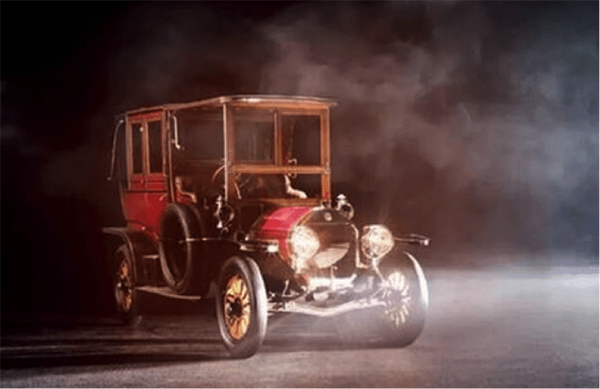 Acetylene lamp: 1905-1925
Acetylene lamp: 1905-1925
However, due to the low luminous efficiency, kerosene lamp was soon replaced by acetylene lamp. Some people may question why the acetylene lamp was invented as early as 1879 and was used in automobiles. This is because the filament of the vacuum incandescent bulb was made of carbon filament. The fragile filament could not stand the bumps of the road and could not be used in automobile lamps. And at that time, the brightness of acetylene lamp was almost twice as bright as that of electric lamp, so acetylene lamp became the first choice of lamp at that time. And it was used until around 1925. At that time, this kind of lamp was widely used in outdoor lighting and carriage. Compared with kerosene lamp, acetylene lamp has higher brightness, stronger wind resistance and water resistance, and the technology is also very mature. The principle of acetylene lamp is to use the portable acetylene generator installed on the car pedal or frame, which is produced by the chemical reaction between calcium carbide and water. Then the acetylene gas is ignited to achieve the purpose of luminous lighting. In the process of driving, the shaking body just provides convenient conditions for the production of acetylene, but in use, we found that acetylene lamp also has many shortcomings. The car will inevitably stop and go, and once the car stops, the production of acetylene will be reduced, and the lights will gradually dim. In addition, in overcast and rainy weather, the burning and luminous acetylene was easily extinguished by the rain on the road, and driving in bad weather became a nightmare for drivers at that time. At the same time, the alkali lime produced by acetylene gas combustion will have strong irritation and corrosiveness to human skin, so acetylene lamp is not the best choice for car lamps.
Incandescent lamp (halogen lamp)
As early as 1879, human beings invented incandescent lamp. The filament of incandescent lamp is made of carbon filament, but the fragile filament can't stand the bumps of the road, so the early incandescent lamp was not used in cars. With the continuous development of electric lamp technology, compared with carbon filament lamp, tungsten filament lamp has stronger earthquake resistance, and the lighting intensity has also been greatly improved. Then, tungsten filament incandescent lamp began to be widely used in cars. From then on, the lamp bid farewell to the "open fire era" and formally strided forward to the era of electrification. Incandescent lamp shade will turn black after long use, and the brightness of tungsten filament lamp is general, so it is still inconvenient to use in cars. In 1964, the French "Spey" company manufactured the first halogen bulb in the world. It added chlorine and iodine gas to the original bulb. The problem of blackening of the lamp body was eliminated by using the principle of halogen tungsten cycle, and the oxidation speed of the filament was reduced. The halogen tungsten cycle greatly improved the service life of the lamp, and the brightness of the lamp was much stronger than the original bulb. The color of halogen lamp is yellow, which can be used for headlamp, turn signal, brake lamp, etc. this technology has been used until now.
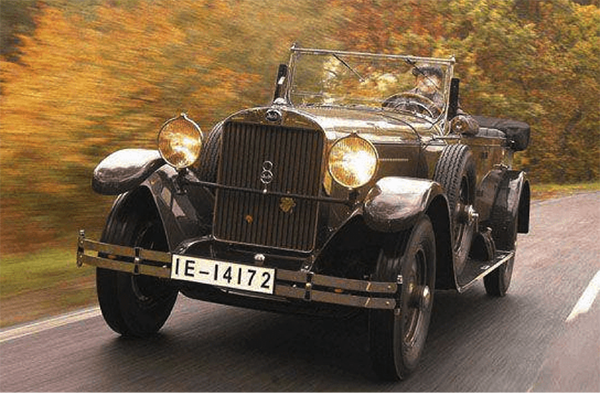
The halogen lamp used for automobile lamp was born in 1960s, and the manufacturer was Hella.
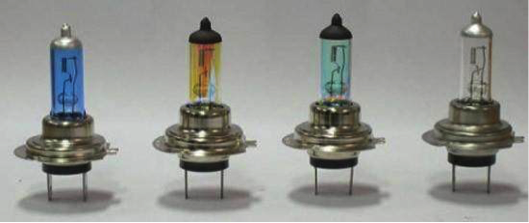
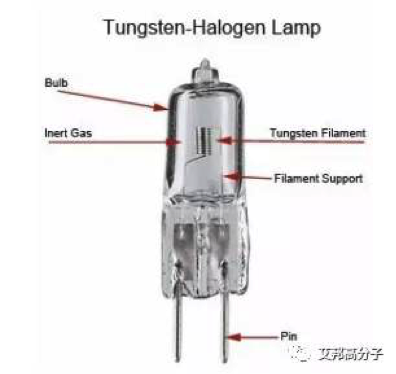 HID
HID
With the development of science and technology, people put forward higher requirements for automobile headlights. As a result, xenon headlights come out with higher brightness, lower energy consumption and longer life. In 1992, Hella and Bosch respectively released their first xenon headlamp, namely high pressure gas discharge lamp. By filling the ultraviolet resistant quartz glass tube with a variety of chemical gases, such as xenon and other inert gases, and then increasing the vehicle 12V power supply to 23000V instantaneously through the supercharger, xenon will be ionized under high voltage and generate light source between the two poles of the power supply. The advantages are high brightness, longer service life than halogen lamp, and higher grade than yellow light of halogen. However, xenon headlights, which are just used in the beginning, will cause glare to the driver on the opposite side. Generally, optical lens should be used to better control the direction of light. Because the intensity is too large, it is not suitable for high beam, its penetration ability is weak, and it is not suitable for fog lamp, so it is generally used as low beam lamp. The brightness of xenon lamp is three times that of halogen lamp, the energy consumption is half, and the service life is seven times that of halogen lamp. In short, as long as there is no man-made damage, there is no need to change the lights within the service life of more than ten years. However, at the beginning of the application of xenon headlights will cause glare to the opposite driver, which is a hidden danger for safety. Later, automatic headlight height adjustment began to be applied to solve this problem.
LED lamp
With the development of safety technology, people have higher requirements for lamps and lanterns, and LED lamps emerge as the times require. LED has a popular name called light-emitting diode, which can make the car achieve more accurate intelligent lighting adjustment. LED has many advantages, such as energy saving, long life, small size, fast response and so on. However, due to the relationship of technology, cost and regulations, the large-scale use of LED headlamps is only in recent years. Because the volume of a single LED lamp is too small, in order to achieve the degree of use, it is necessary to use the LED lamp group. Because of this, designers began to design all kinds of cool shapes for the automobile LED headlamp group. LED lights were first used in cars in 2008, but they were only used in the tail lights of Audi A4 at that time. The first time led lights were used as car headlights was in 2010, and the first car model was Audi's flagship A8.
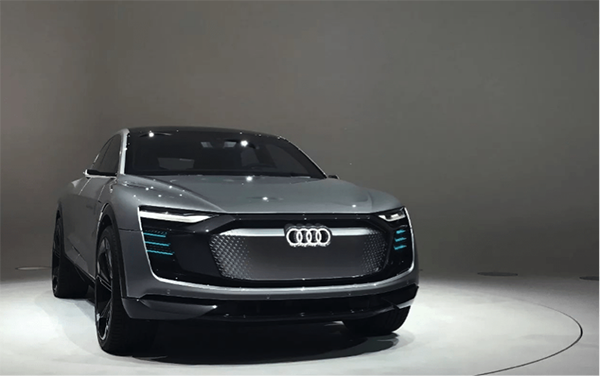
Laser lamp
Not satisfied with the glare of LED headlamp, laser headlamp is called "reasonable next step". The principle is that the blue light of laser LED will penetrate the fluorescent powder material in the headlamp unit and convert it into a diffused white light. It's more energy efficient, more fuel efficient. Compared with LED, the biggest improvement of laser headlamp lies in its integration. It has smaller volume, greater brightness and longer lighting distance. Laser headlamp has obvious advantages in response speed, brightness attenuation, energy consumption, volume and service life. However, due to its high cost, only the top flagship models of luxury brands will be equipped.
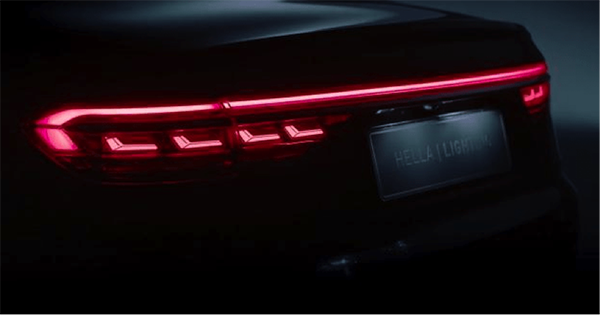
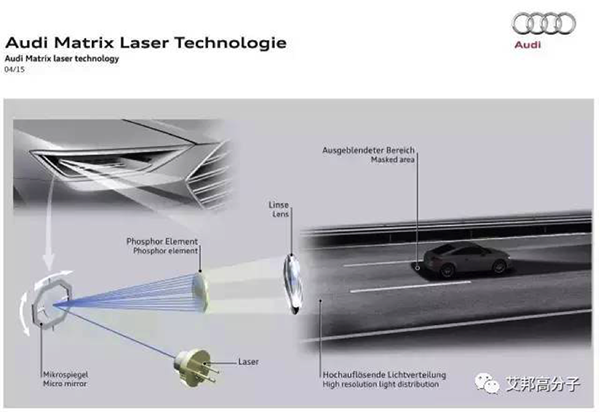

 HID low beam LED low beam
HID low beam LED low beam

 HID high beam LED high beam
HID high beam LED high beam










